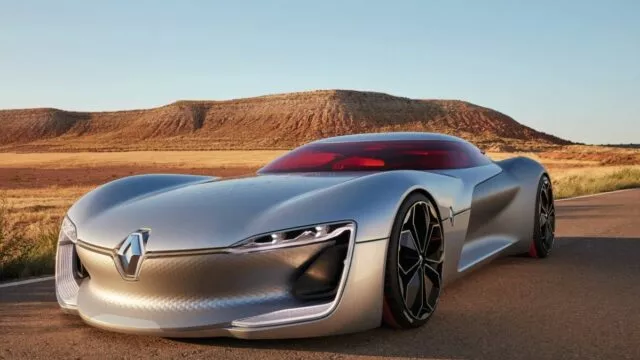The trending buzzwords in the car industry might be just that: words
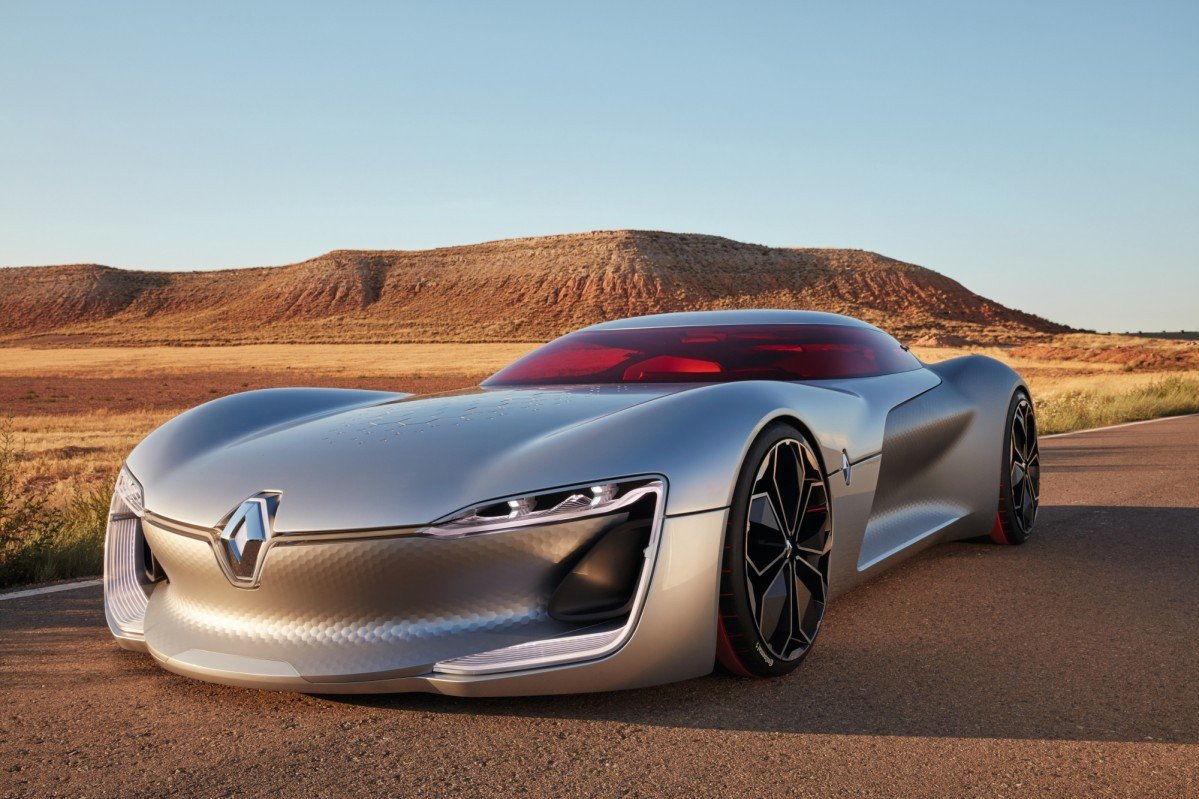
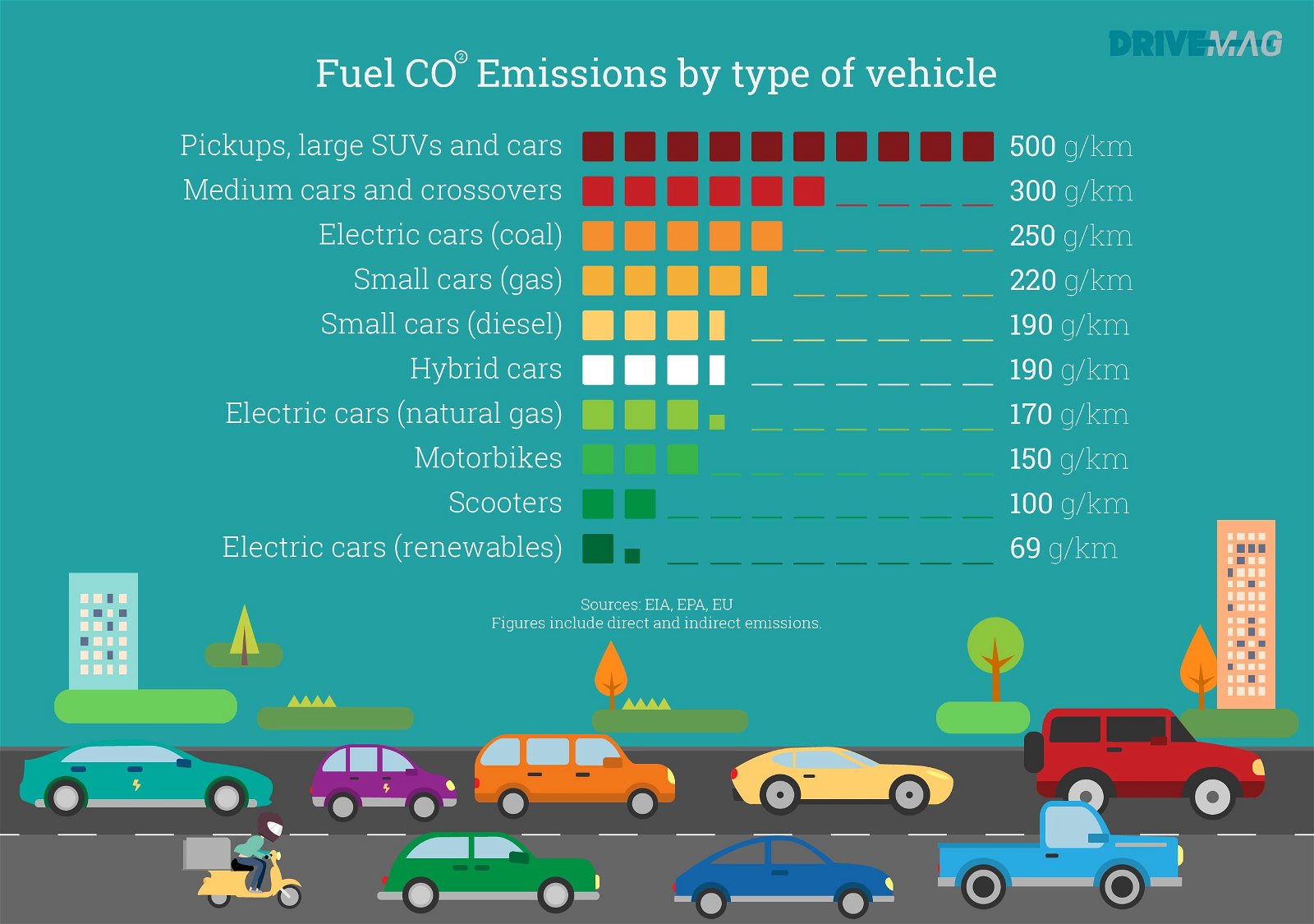

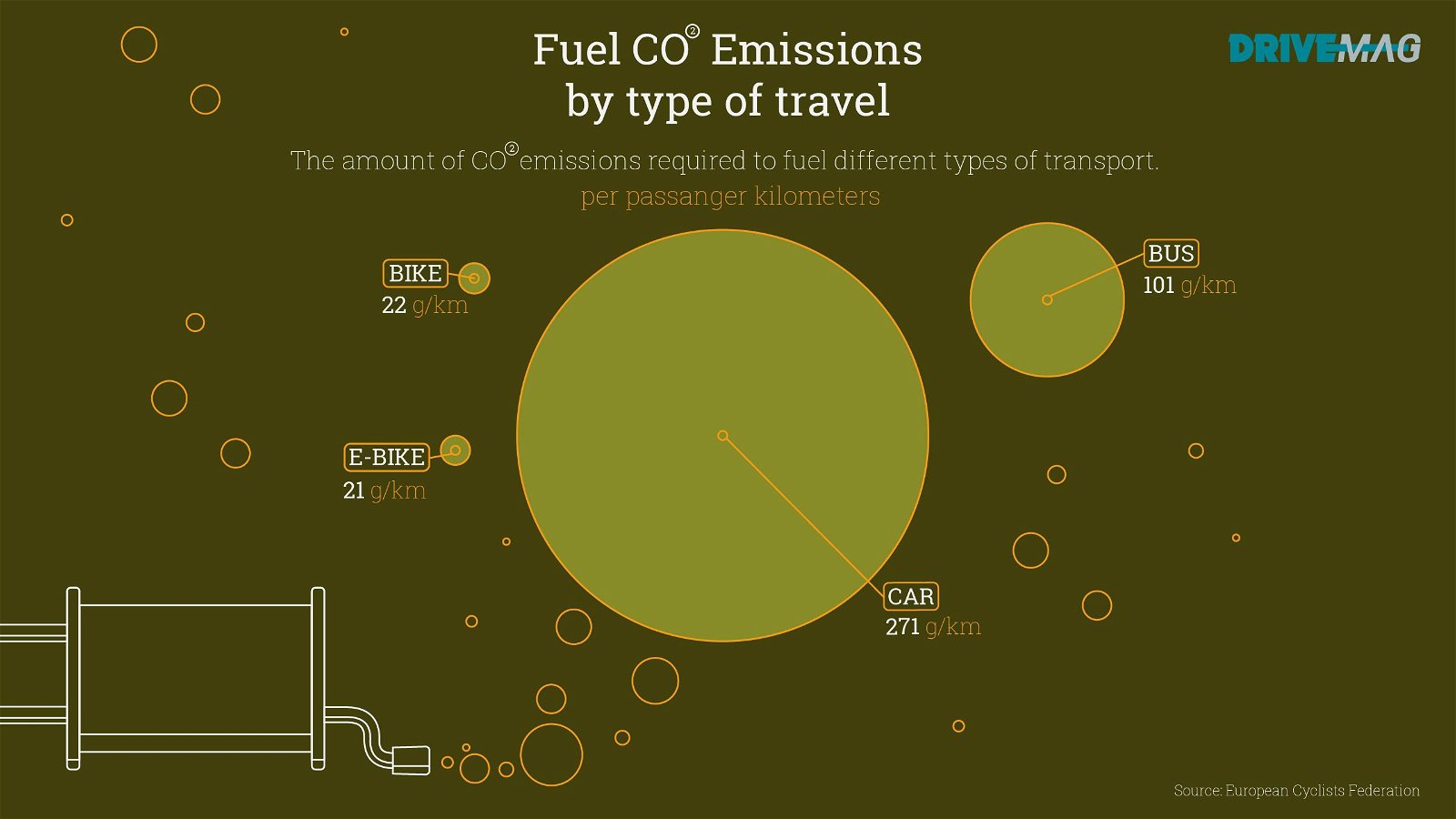


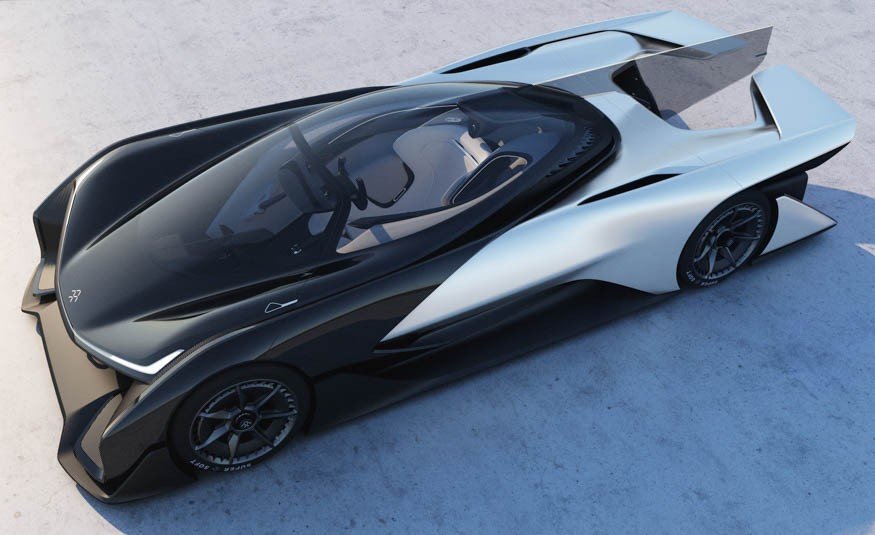
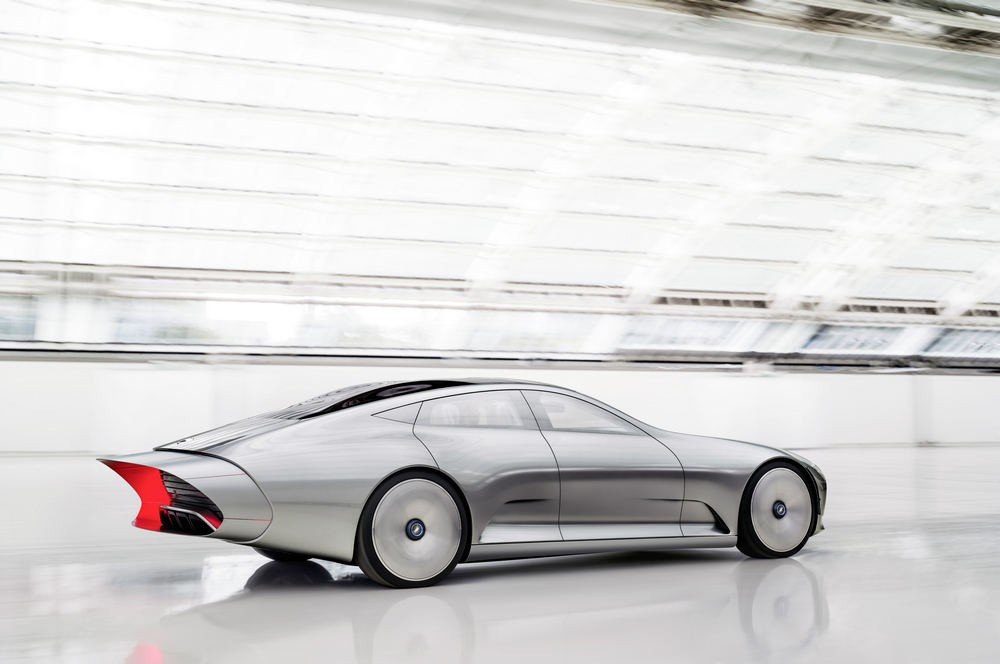
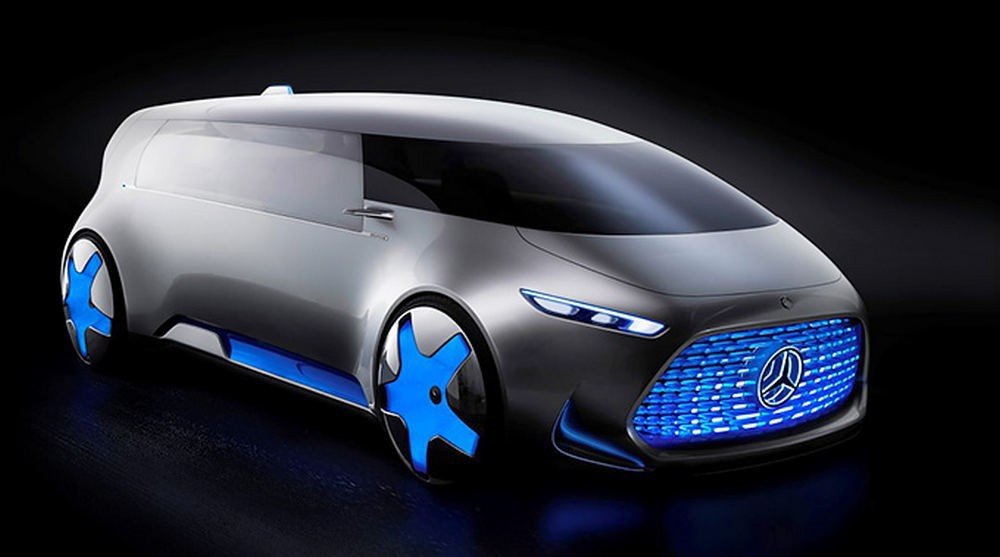
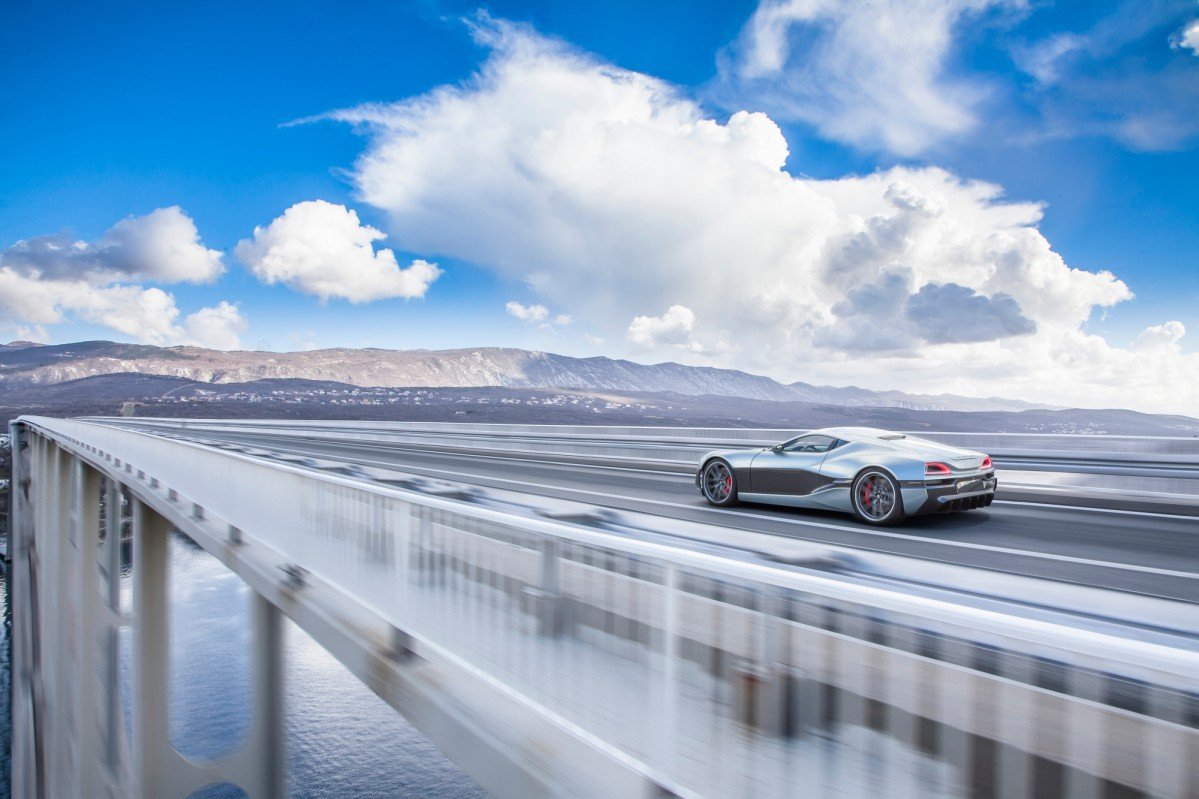
Could it be that we got the wrong buzzwords from the car industry when talking about saving the planet?
There's a growing consensus that CO2 emissions are increasing way too fast and that they're messing up the atmosphere, triggering not only a sustained global warming but also climate change, with devastating consequences for the environment. Stronger hurricanes, increasing ocean surges, tornadoes, and extreme drought, all are just symptoms for more heat and water in the atmosphere. And that's just the beginning.
Confronted with stricter CO2 limits, carmakers invested heavily in downsizing their internal combustion engines and developing the underlying technology for electric cars. We ended up with a plethora of hybrids, 0.9- to 1.4-liter turbo engines, many of them in three-cylinder config. Ah, and the electric revolution is upon us, according to most car pundits, but its first wave is based on supercars, not on affordable day-to-day drives.

Some say all these measures will help curb CO2 emissions in the next decades, hopefully up to a level that will limit and eventually stop climate change. But the reality is far from these hopes.
How downsizing failed to work
All the craze in the last decade was to downsize engines, adding turbos to offer more power and torque, while also lowering CO2 emissions. Everybody boasted a reduction of up to 30% in CO2 emissions, while official consumption figures convinced many that smaller turbo engines are more efficient in delivering higher mileage per gallon than naturally-aspirated ones.
Well, that's simply not the case, Reuter reports. Yes, in carefully scripted lab tests, smaller turbo engines fare much better than their aspirated counterparts, but in real life testing, they simply don't. Dieselgate helped show that carmakers tried to circumvent this problem by messing with the NOx emissions once the engine wasn't in the standard testing cycle, and the vast majority of other carmakers didn't manage to reach declared consumption figures in real life conditions.
The industry invested heavily in a dream, and the billions that inflated car prices everywhere will be followed by other billions spent developing newer, larger engines that don't require excess fuel to help with their overheating problems. Not to mention legal fees for infringing on consumer confidence.
According to the same outlet, GM will not further downsize its current 1.2-litre diesel unit when their engines are updated through a new architecture arriving in 2019, and the smallest one in the range will be 25-30 percent bigger. Furthermore, VW will replace its 1.4-liter three-cylinder diesel aggregate with a four-cylinder 1.6-liter plant for small cars like the Polo, while Renault will most likely opt for a 1.7-liter diesel instead of the 1.6-liter dCi engine currently in use.
The problem is, these bigger engines will meet future CO2 levels, but barely, and the room for improving them is small. Hence the electric revolution heralded by the like of Tesla, Renault and Volkswagen.
Are electric cars the solution?
Electric cars could reduce CO2 emissions up to more than 50%, but this heavily depends on the energy source for the electricity used. Once that source is renewable and clean, electric cars become a major asset in reducing greenhouse-effect gasses. Another huge benefit is the total absence of NOx at street level and the fact that noise pollution is also greatly reduced. However, there's also a catch.
Back in 2004, the world produced 66.4 million vehicles (cars and commercial vehicles), and the CO2 amount per capita was 4 tons per year, almost a quarter of it coming from transport-related activities (22% worldwide, but this figure is country-dependent).

In 2016, world car production will reach 90 million units, out of which more than 70 million will be family cars and light commercial vehicles (pickups, small trucks, vans). CO2 amount per capita has already gone up to 5 tons per year, while the world population added a billion people.
Fast forward in 2025, and we can expect a jump to almost 6 tons of CO2 per capita, another billion people added to world population, but, what's more important, another 300-400 million cars added to the current 1.3 billion tally crossing the streets. Keep in mind that, in the US, CO2 emissions per capita are 16.5 tons/year, while in the EU, they're around 6.7 tons/year, so CO2 emissions still have a lot of room to increase, especially in developing countries.
Yes, car production will most likely have peaked in the US and Europe, but it will continue to increase in China, India, and other developing countries. And the prospects there are huge for carmakers:

Only around 25% of new cars sold in 2025 will have an electric motor (as hybrids), while roughly 5% will be full electric. Add ten years, another billion people and another ton of CO2 per capita, and we end up in 2035 with 2 billion cars worldwide, out of which less than 50% will be full electric ones.
So, where's the reduction in CO2 emissions, if we double the number of cars on our streets? Bring in the extra costs of developing new technologies just to meet stricter emission limits, add up the fact that people buy heavily into trucks and SUVs, and we'll most likely end up with the same conclusions that are being drawn today about downsizing: it simply doesn't work.
What are we missing?
What we miss is simple math: even if all new cars would be full-electric and our energy sources 50% cleaner, the sheer increase in numbers sold worldwide will cancel any benefits. Of course, compared with internal combustion cars, street-level pollution (NOx, carcinogenic microparticles, etc.) will be greatly reduced. Electric engines are much more efficient, and the advent of autonomous cars and buses promises to add to the positive impact on greenhouse-effect emissions.

However, the push for cleaner individual cars is just not enough, and lots of money and energy is spent in the wrong direction.
What can we do?
Car sharing, reducing the actual distance traveled to work, replacing big, heavy cars with much smaller and lighter individual electric vehicles (an electric bike emits only 21 g of CO2/km), and reshaping our cities to encourage clean and comfortable mass transport will have a much greater impact than just playing with lab tests and declaring spectacular, yet nonexistent victories on the mileage field.

You just cannot change things when you keep driving your 80 kilos of flesh in a 1.5-, 2-ton vehicle, no matter what propulsion system that car is using.
This presents a major problem for carmakers. Encouraging car sharing and public transport, while also scaling back on the push for bigger cars means selling fewer units and shrinking profits, at a time when big investments in next-generation engines and assistance systems take a heavy toll. The only way to actually save the planet means bankruptcy for most of them.
How to start the real transport revolution
If car producers will understand, like some already do (BMW, I'm looking at you), that they're in the mobility business, and not just in the car-making one, they'll survive this and thrive.
Yes, by shifting from building city cars to building electric bikes, hoverboards, autonomous pods and moving sidewalks, alongside supercars and grand tourers, they'll manage to simultaneously reduce harmful emissions and solve the gridlock within the city, while also still providing fun vehicles to drive once out of the city. Margins could remain solid by faster product lifecycles, by their own car sharing schemes, and what's lost in the servicing business will be gained in the multimedia one, once cars become autonomous.

For there's absolutely no need for millions of electrical F-150s, Priuses, Civics and Corollas cramming our streets, but it's absolutely fine if we keep only the adrenaline-pumping cars and get rid of the billions of hideous A-to-B transportation boxes altogether.
By investing in autonomous and mass transport technologies, carmakers will manage to keep their profits, while acknowledging that the era of the individual city car has to go rather sooner than later. Last but not least, by providing intelligent assistance systems for driving outside the city, they'll keep the flame on for those who enjoy driving on winding roads.
Unfortunately, we'll most likely end up ten years from now with a lot more of those annoying hybrids that do absolutely nothing to solve our problems, while being absolutely horrific to drive. Regulators like it this way, carmakers love to give lip service to the environment, and people keep on buying huge cars because they just can.
Will you break the vicious cycle?
